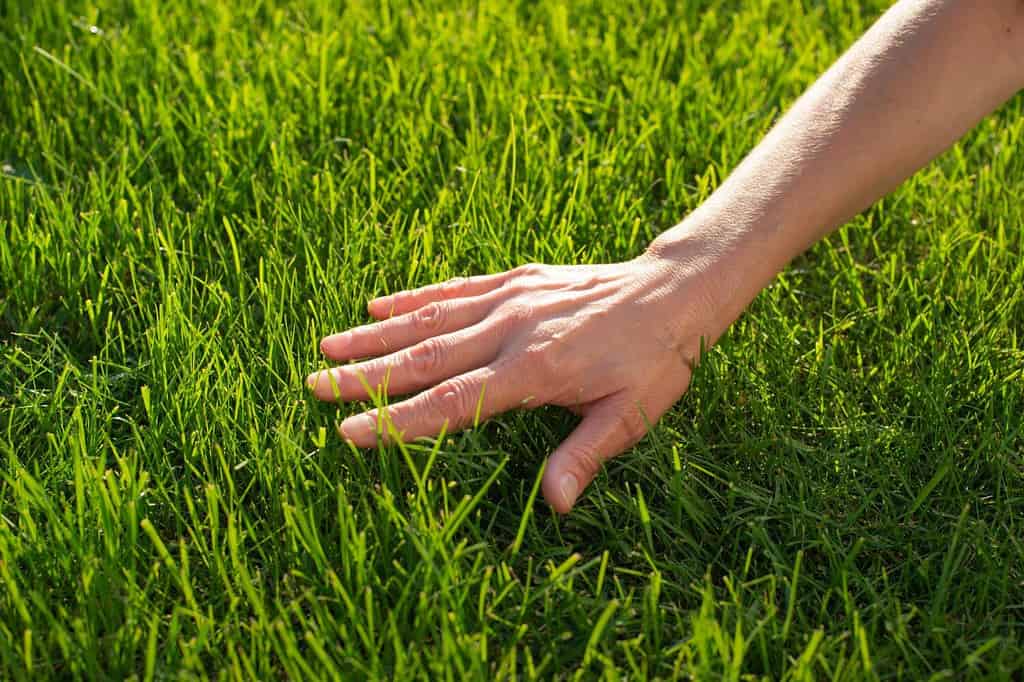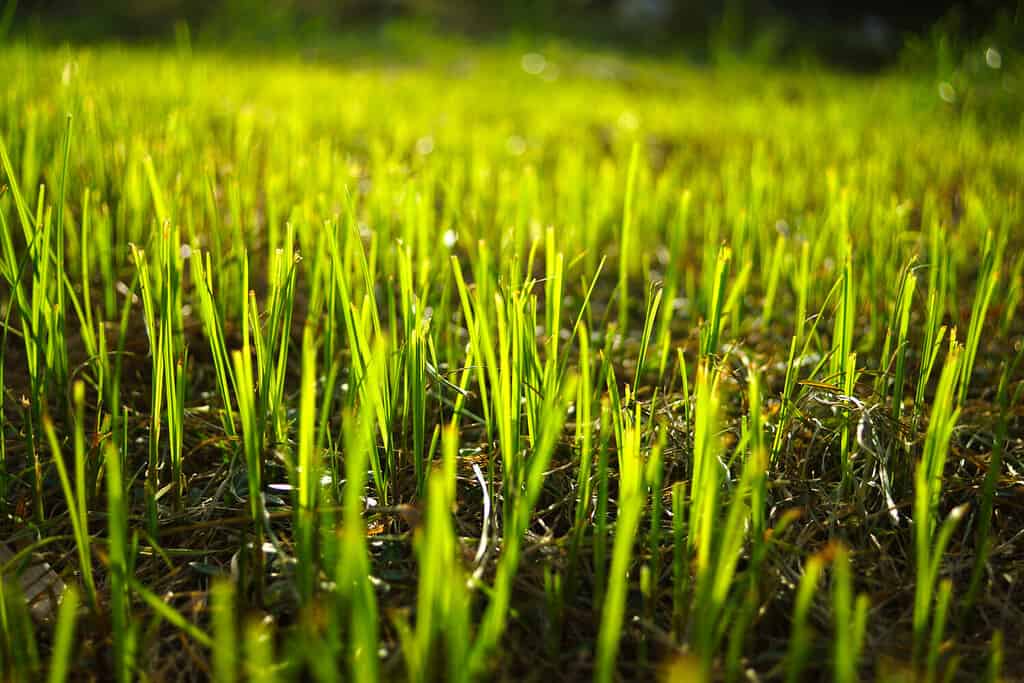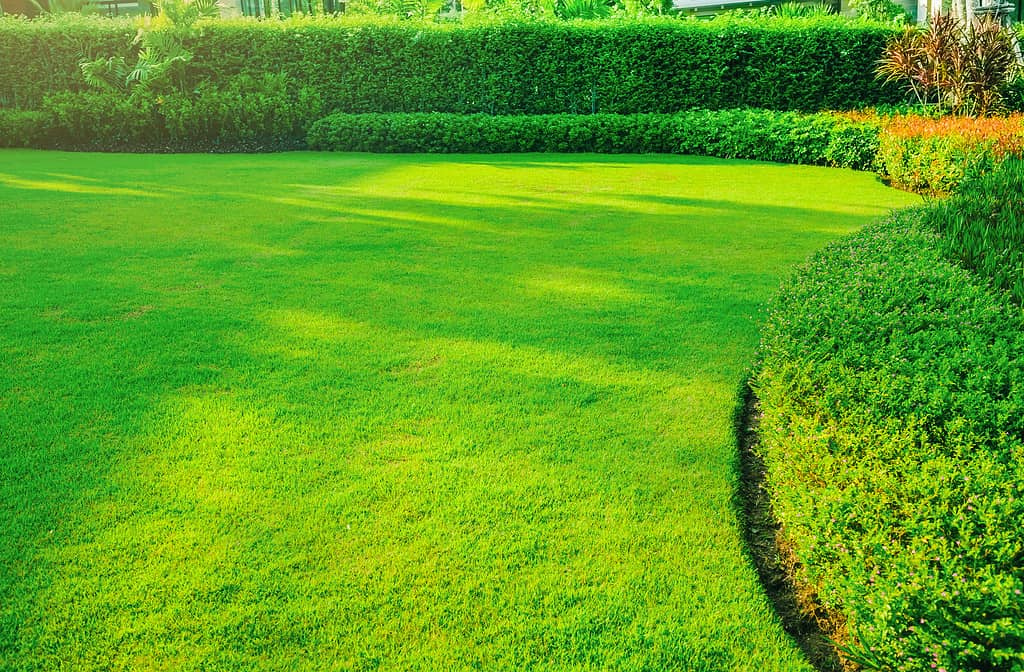Maintaining a well-manicured lawn requires proper grass-cutting techniques and a consistent schedule. Some homeowners treat this task as a hobby and enjoy witnessing the fruits of their labor. Others dread lawncare season and the efforts that it requires. In this article, we’ll explore everything from how often to cut your grass to essential lawn care tips for a healthy, happy lawn.
Let’s dig in!
The Importance of Regular Grass Cutting
Cutting your grass is about more than curb appeal. A regular grass-cutting schedule could improve your family’s health and budget.
Tick populations are steadily increasing. As a result, tick-borne illnesses like Lyme disease are increasing as well. Lyme disease is a serious illness that damages your joints, nervous system, and heart over time. Ticks thrive in the long grass. Regular cutting reduces the chances of tick infestations, keeping your home safe and healthy.
Regular cutting also helps minimize the wear and tear on your lawnmower. Cutting longer grass makes your machine work harder. By keeping a regular schedule, you can extend the lifespan of your equipment.
Finally, regular cutting may promote a healthier lawn. As the grass becomes denser, less surface area is exposed to the sun. As a result, photosynthesis decreases and could impact the health and longevity of your lawn.

Ticks thrive in long grass.
©Jay Ondreicka/Shutterstock.com
How Often to Cut Your Grass
Several factors may impact how often to cut your grass. The rule of thumb among ecologists and landscapers is once weekly. Experts recommend trimming no more than one-third of the grass blade length in one session to prevent over-cutting.
Here are some of the factors that could impact how often to cut your grass:
- Grass type — some types of grass grow faster than others. Ryegrass grows quickly, while hard fescue is a slow grower.
- Climate — the heat, rainfall amounts, and sun exposure in your region will all impact how fast (or slow) your grass grows.
- Season — grass typically grows slower in the spring and fall compared to the summer.
- Lawn health — a well-fertilized, aerated lawn may grow faster than a low-maintenance lawn.
- Cutting height — the less height you cut off your grass, the more often you’ll have to trim.
When determining how often to cut your grass, it’s important to find a balance between maintaining an appropriate grass height and minimizing stress on your lawn.

Everything from your region to your aesthetic preferences will impact how often to cut your grass.
©Mikhailov Studio/Shutterstock.com
The Best Time of Day to Cut Grass
There’s an ongoing debate between landscapers about the best time of day to cut your grass. Some argue that mid-morning is best, while others opt for early evening. However, they agree on one important thing: don’t mow your lawn in the middle of the day. Mowing your lawn in peak sunlight hours could cause additional stress to the grass and the person operating the mower. If you opt for a morning mowing session, wait for the dew to dry before you start to prevent damage to your grass.

Experts recommend mowing in the morning or evening to avoid the mid-day heat.
©NOPPHARAT9889/Shutterstock.com
Top Lawn Care Tips for a Beautiful Yard
Maintaining a beautiful lawn is simple with some time and dedication. Keep some of these top tips in mind when caring for your lawn.

Fertilizing a lawn properly yields a lush, green carpet.
©SingjaiStocker/Shutterstock.com
Alternate Mowing Patterns
Avoid following the same mowing pattern every time you mow. Alternating patterns every two weeks prevents wear from the tires and promotes even growth.
Sharpen and Maintain Your Blades
A clean cut is essential for healthy grass. Sharpen your mower blades one to two times throughout the mowing season and lubricate them to remove build-up and promote smooth rotations.
If you notice excessive rust or chips in your mower blades, it’s time to replace them.
Choose the Best Mowing Height
Choose a mowing height that suits your grass type, climate, and schedule.
The best mowing height ranges from 2-4 inches, depending on the type of grass and your personal preferences. Remember the one-third rule when setting your blade height.
Create a Watering Schedule
Don’t worry about watering your lawn if you live in an area that rains frequently throughout the summer. However, if your region is prone to drought periods, implementing a watering schedule can keep your lawn healthy.
Consider mowing your lawn twice per week during dry spells — more if you live in an arid climate. Water in the mornings or evenings to prevent shock, and consider watering immediately after mowing for best results.
Rainwater harvesting is an excellent way to keep your lawn hydrated while minimizing your consumption and water bill. This practice is useful if your region bans lawn watering during drought periods.
Fertilize Seasonally
Fertilize your lawn at least twice yearly, at the start of spring and the start of the fall. Depending on the type of grass, additional feedings may be warranted.
Remove Weeds Regularly
Proactively remove weeds from your lawn before they can take root. Invest in a weed removal tool to pull the entire weed out rather than relying on cutting.
While having a nice, weed-free lawn is ideal, consider practicing No Mow May to allow pollinators to replenish their stores after the winter. The dandelions are incredibly beneficial to bees.
Aerate Bi-Annually
Aeration helps loosen compacted soil, giving your grass plenty of room to dig deep and establish healthy roots. Aerate every other year during the peak growing season for best results.
Leave Your Grass Clippings
Don’t bag your clippings up and remove them from the lawn. Instead, rake them out for a natural source of nutrients and organic material. Don’t leave them in piles, as this will block photosynthesis for the live grass underneath.
Alternatively, add the grass clippings to a compost bin or pile for additional processing.
The photo featured at the top of this post is © dajingjing/Shutterstock.com
Thank you for reading! Have some feedback for us? Contact the AZ Animals editorial team.







